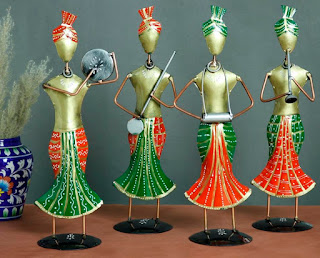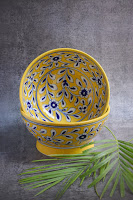Mandala Art: The Circle and more

For those who are not familiar with the term Mandala , it represents the circular in Sanskrit. Sharing a close connection with Hinduism and Buddhist religion, Mandala is an art form practiced widely throughout the world. A mandala consists of a single dot in the center, that represents the origin of universe and from this central dot originates the circles which represent the circle of life. This circular nature of a radiating pattern works as an artistic imagination of a perfect universe. In many Mandala art patterns, the eight spokes represent the Eightfold Path of enlightenment which, according to Buddhism leads to liberation and rebirth. Mandala Art Tapestry https://www.kalakyari.com/product/mandala-wall-tapestry-3 The making of a mandala painting: The artists involved in traditional mandala art were monks or laymen whose family tradition was associated with mandala art form. In Buddhism, such painters were religiously minded, and would undergo certain level of Buddhist educat...




